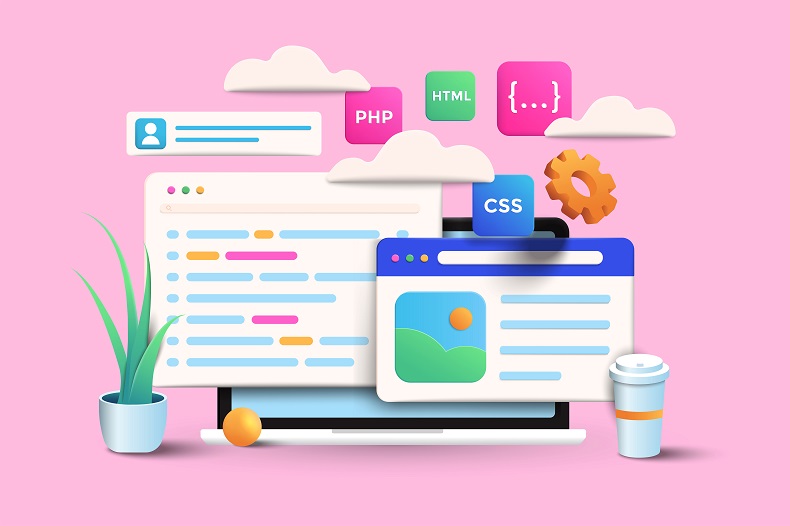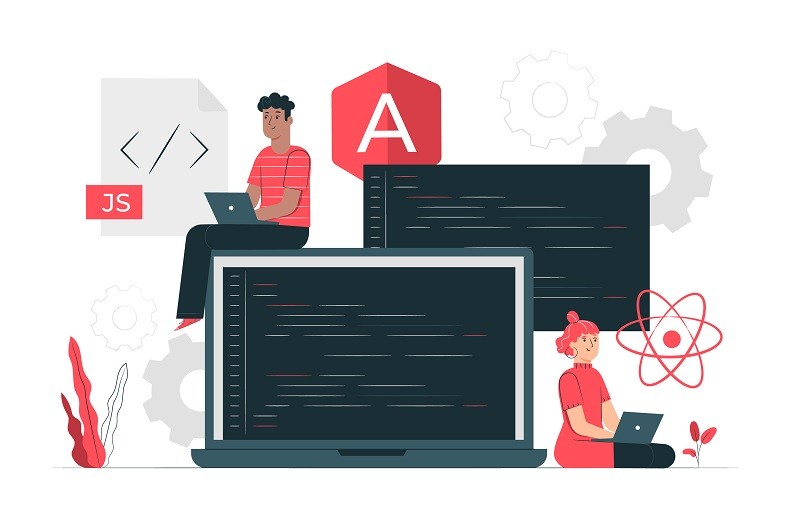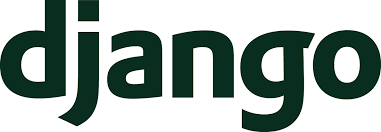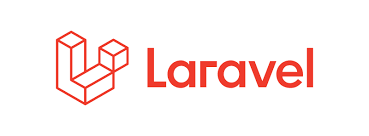By John Fernandes modified Apr 09, 2025
~ 2 minutes to read
Django has been a hot topic lately in the programming community. Many big companies have recommended and used it as it offers excellent features. But will this be true in 2025?
Understandably, trends are constantly changing, and thus, so will certain products. This makes choosing a programming language nothing short of an impossible task.
In this article, we’ll have a closer look at Django vs. Laravel, what are they, and what their impact is!

'Web application frameworks' or 'web frameworks' are defined by GeeksforGeeks as "a software framework that is meant to assist the creation of web applications including web services, web resources, and web APIs." In layman's terms, web frameworks are pieces of software that allow you to design and execute web applications.
As a result, you don't have to code on your own and hunt for potential errors and miscalculations.
Web frameworks were established in the early days of web app development to eliminate hand-coding of applications where only the creator of a specific app could update it. That was a long time ago; now we have web-specific languages, and the emergence of general performance has overcome the problem of modifying the structure of an app.

Django is high-level Python Web framework that encourages rapid development and clean, pragmatic design. Built by experienced developers, it takes care of much of the hassle of Web development, so you can focus on writing your app without reinventing the wheel.
Django web framework is free and open source. It was created by Django Software Foundation in 2003 and released in 2005. Django is a high-level Python Web framework that encourages rapid development and clean, pragmatic design.
Django follows the model–view–controller (MVC) architectural pattern, and it encourages a separation of concerns between models (the data layer), views (the presentation layer), and controllers (the application logic). It also encourages developers to keep the core functionality they need in their applications as straightforward as possible while allowing them to choose between different third-party packages to manage more complex functionality such as authentication or caching.
The core philosophy behind Django is DRY (Don’t Repeat Yourself) – if something needs doing once in an application, don’t write code to do it every time – write it once, then reuse it everywhere else.
The most prominent features of Django are:
Django's "batteries included" approach includes everything you need to get started with your application: a user account system with authentication and authorization, an SQL database layer capable of supporting multiple database engines, utilities for generating common data types from simple models, etc.
You can build just about anything using Django's modular architecture. You can choose which components you need or want to use at any time or write your own!
Django's built-in scalable database layer makes it easy to use with any relational database system without adding complexity. All data manipulation can be done through simple SQL queries against your database of choice (PostgreSQL, MySQL, or Oracle). You can even use it with NoSQL databases like MongoDB or CouchDB if needed!
Since Django relies on Python for its development, it has fast performance compared to other frameworks such as Ruby on Rails or PHP. Its design makes it easy for developers to write high-performance code since they do not need to worry about concurrency issues or memory management.
Using Django's built-in security measures, you can protect your site from hackers. CSRF, XSS, and password hashing are all ways to protect your users.

Laravel is an open-source PHP web framework that is free to use. Taylor Otwell created one of the most popular web frameworks today in 2011.
In Laravel, the database code is separated from the server-side code and the presentation layer (the view). As a result, your application can be more easily maintained and more flexible.
Looking to build something custom and scalable with Laravel? Explore our Laravel website development services to get expert help from planning to deployment.
Laravel has many features, including routing, controllers, models, migrations, views, sessions, etc. Here are some of its most important features:
Laravel has an easy installation process that does not require additional setup or configuration once installed on your server. You can install it using the Composer package manager by following simple commands in your terminal or command prompt window.
Eloquent ORM or Object Relational Mapper is a library with Laravel. It allows you to query database records easily using models representing our data structures and relationships between them. It makes writing database queries very simple and readable as well.
Routing allows you to map URL patterns to controller actions so that the framework invokes an appropriate controller action when a user requests a page using its URL pattern. This way, you can use URLs as endpoints in your application without writing any logic in your controller classes or methods. This feature makes creating clean URLs with cleaner code easy and provides better security since all incoming HTTP requests will be validated before they reach your application code.
Let’s have a look at Laravel vs Django:
Comparative Framework |
Django |
Laravel |
|
Developed By |
Adrian Holovaty, Simon Willison |
Taylor Otwell |
|
Speed |
Fast |
Comparatively Slow |
|
Type of web framework |
Python |
PHP |
|
Principle |
It features a quick development feature and a great community of users. |
Its architecture is modern, and its population is expanding. |
|
API Support |
Does not have built-in functionality for building APIs; additional libraries are needed. |
Has built-in support for APIs. The creation of Rest APIs does not require any additional libraries. |
|
Scalability |
High |
High scalability is also supported by Laravel; the only distinction is the framework's coding language. |
|
Compatibility |
Several other frameworks exist for Python. |
Only PHP |
|
Learning Curve |
Easy |
Comparatively tough |
|
License |
3 clause BSD |
MIT |

Django is a full-stack web framework based on Python. It was released in 2005 and is licensed under the BSD License. Django is written in Python, which makes it easier to learn than other frameworks such as Laravel or Express.js.
First we need to know that what is react? Facebook created React in 2013 as a Java Script library for building user interfaces. It was initially used by Facebook but was released to the public in 2015 under the MIT license. There are two versions of React: React Native, which allows you to build native apps for iOS, Android, and other platforms, and React DOM, which enables you to use React in your web browser without worrying about cross-platform compatibility issues.
Here we have checked everything about Django vs. Laravel. Both frameworks are excellent choices for developers, but we're confident that Django will still be the better option in 2025. It isn't perfect—after all, nothing is—, but it combines the best aspects of each framework to create a powerful tool at an affordable price.
Django has more full-time developers working on its codebase than Laravel, which means it's continuously being improved and refined; there's a larger community behind it supporting those efforts as well.
John Fernandes is content writer at YourDigiLab, An expert in producing engaging and informative research-based articles and blog posts. His passion to disseminate fruitful information fuels his passion for writing.